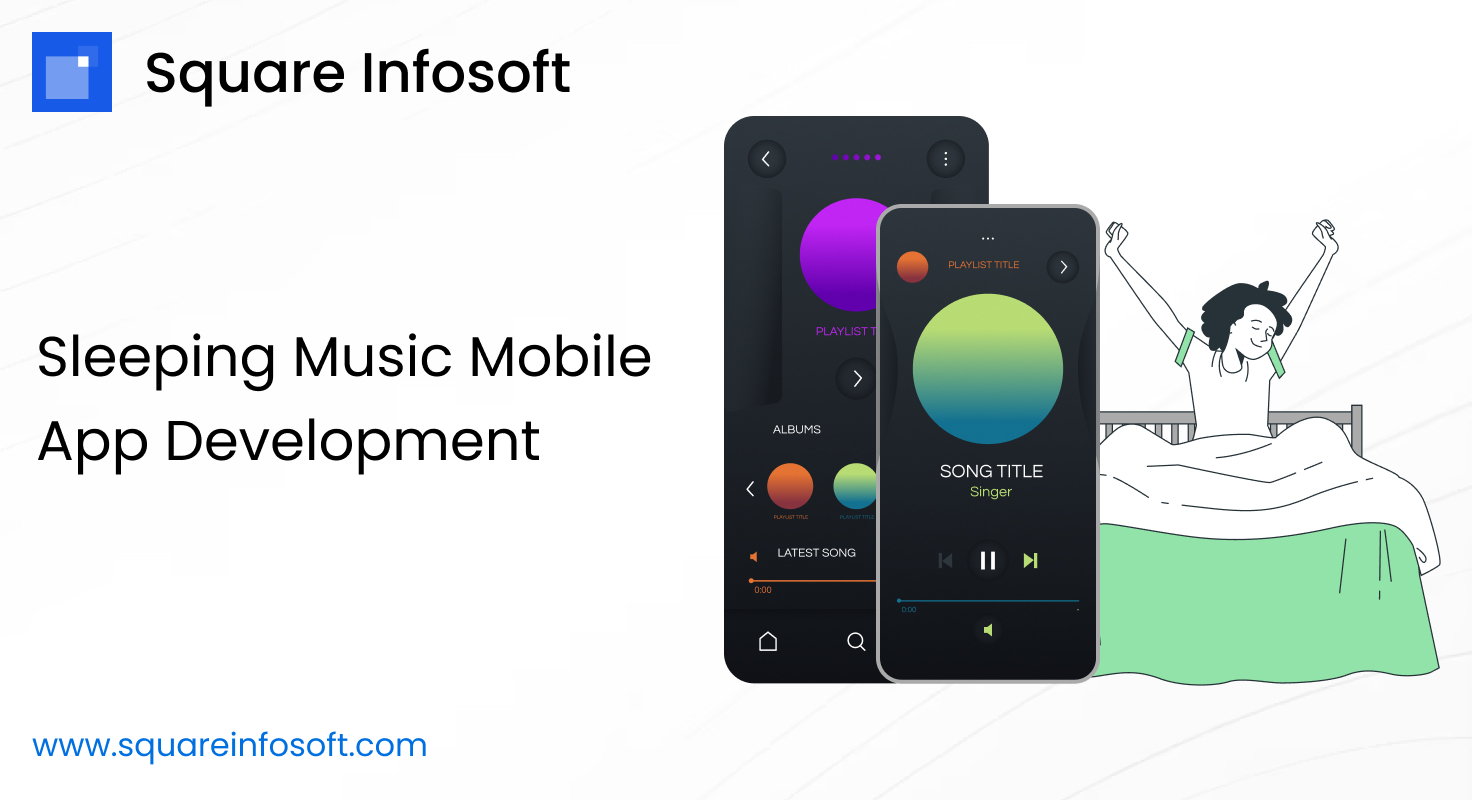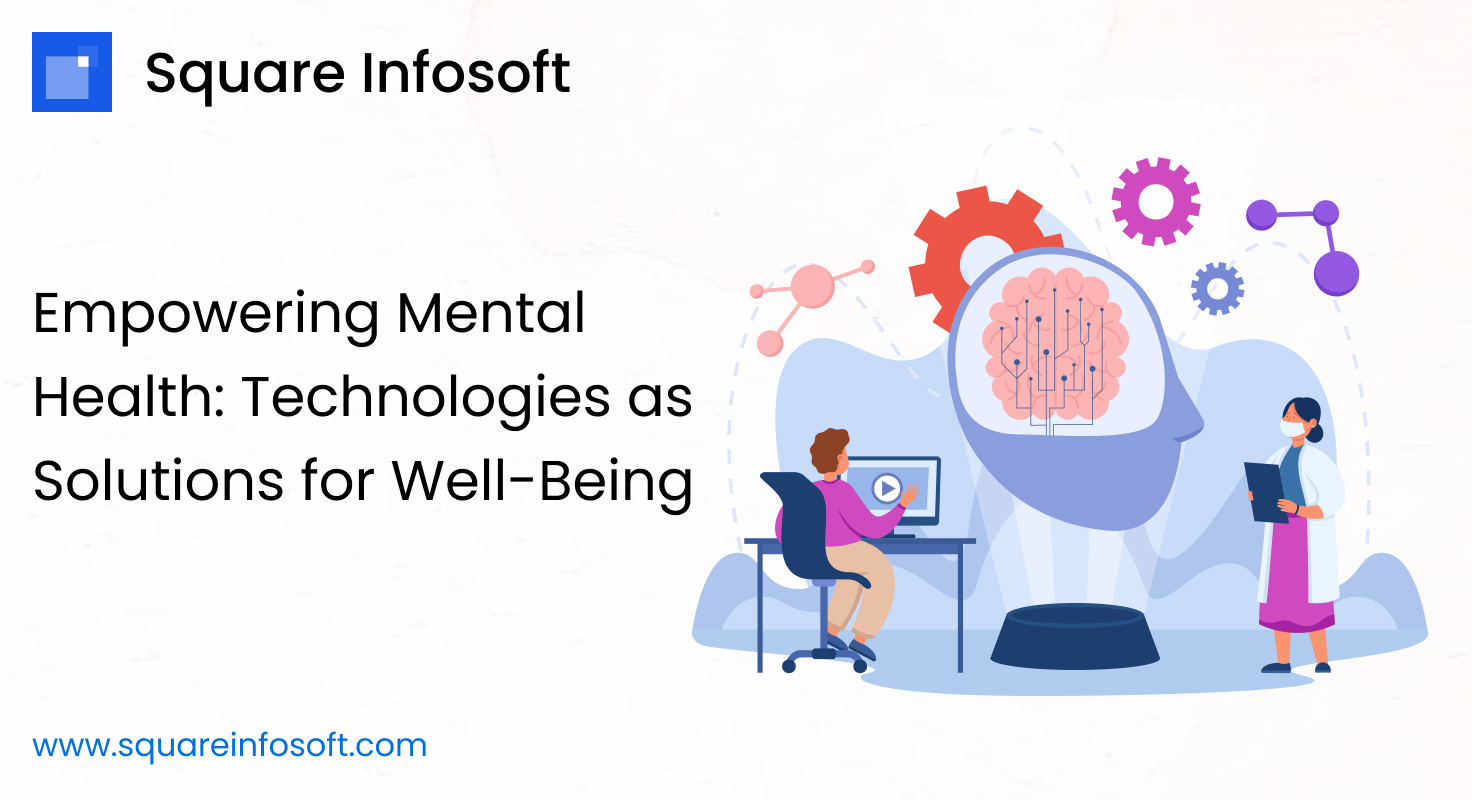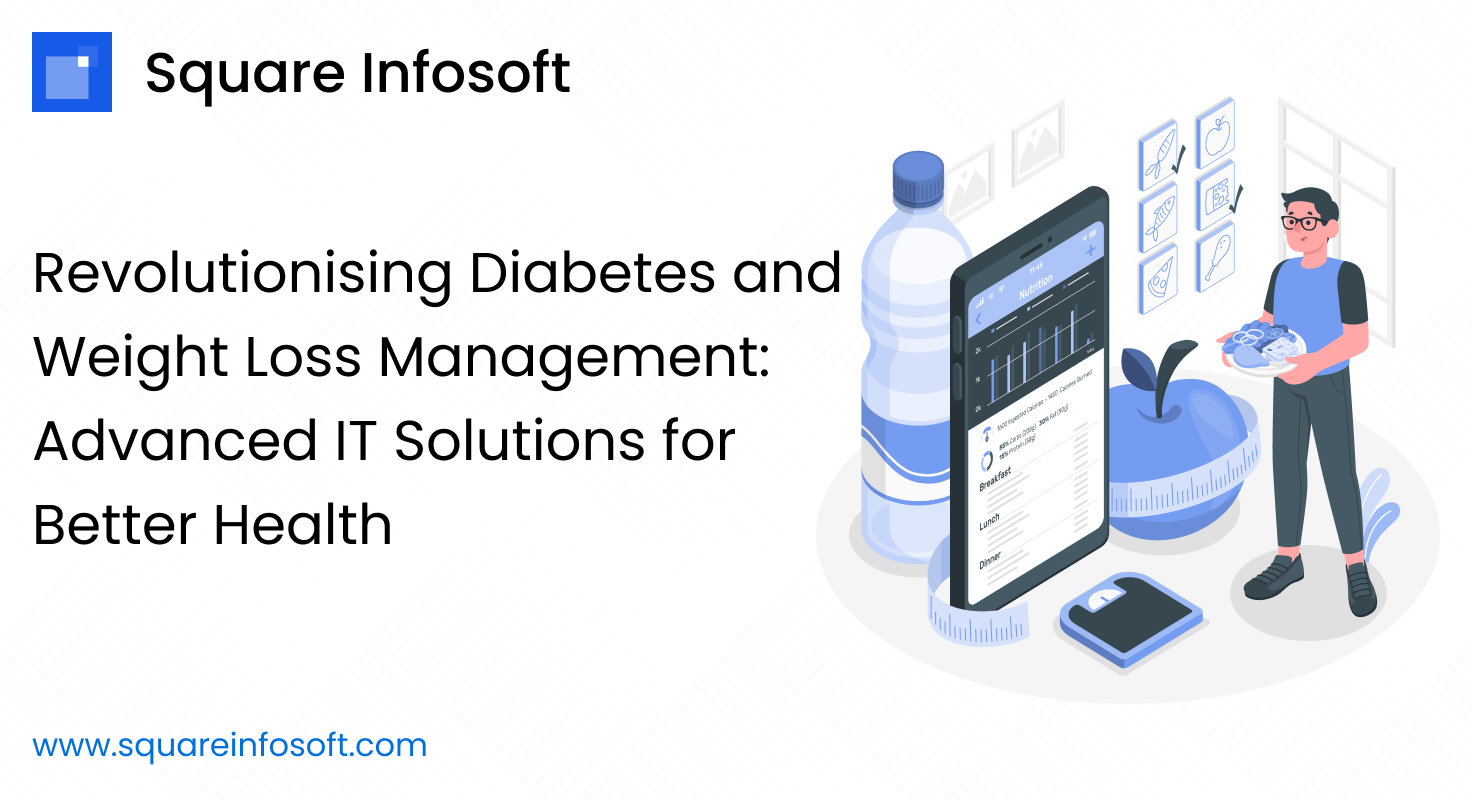Developing a Sleeping Music App involves creating a platform that offers a variety of soothing music and features to enhance the user’s sleep experience. Here’s a step-by-step guide on how you might approach the development of such an app:
1. Define the Purpose and Features:
- Music Library: Curate a diverse collection of calming and sleep-inducing music tracks.
- Custom Playlists: Allow users to create and customize playlists based on their preferences.
- Sleep Timer: Include a timer to automatically stop playback after a specified duration.
- Offline Mode: Enable users to download music for offline listening.
- Background Playback: Support background music playback while the app is minimized.
2. Choose a Development Platform:
- Decide whether to develop a native app (iOS/Android), cross-platform (React Native, Flutter), or web-based.
3. Wireframing and Design:
- Create wireframes and design mockups for the app’s interface, focusing on simplicity and ease of navigation.
- Incorporate dark or night mode to reduce eye strain during nighttime usage.
4. Development:
- Frontend:
- Use appropriate frameworks and languages based on your chosen platform.
- Implement smooth transitions and animations for a pleasing user experience.
- Ensure responsiveness for various screen sizes.
- Backend:
- Set up a server to handle user accounts, playlists, and preferences.
- Implement a secure authentication system for user accounts.
5. Music Licensing and Integration:
- Obtain licenses for the music tracks you plan to include in your app.
- Integrate a reliable music streaming service or set up your own music server.
6. Offline Mode and Download Management:
- Implement a feature that allows users to download music for offline listening.
- Manage and optimize the storage of downloaded music on the user’s device.
7. Sleep Timer and Background Playback:
- Integrate a sleep timer that allows users to set a duration for music playback.
- Ensure seamless background playback when the app is not in focus.
8. User Profiles and Preferences:
- Allow users to create profiles and save their favorite playlists and preferences.
- Provide personalized recommendations based on users’ listening history.
9. Testing:
- Conduct thorough testing to ensure the app’s stability, usability, and performance.
- Test the app on different devices and screen sizes.
10. Deployment:
11. Marketing:
- Create a marketing strategy to promote the app.
- Utilize social media, collaborations, and other channels to reach your target audience.
12. Feedback and Updates:
- Encourage users to provide feedback within the app.
- Regularly update the app to fix bugs, add new features, and improve the user experience.
13. Monetization:
- Decide on a monetization strategy (e.g., freemium, subscription, ad-supported) and integrate payment systems accordingly.
14. Legal Considerations:
- Ensure compliance with music licensing laws and regulations.
- Clearly communicate terms of use and privacy policies to users.
15. Support:
- Provide customer support to address user inquiries and issues promptly.
Remember to focus on creating a calming and intuitive interface for your sleeping music app. Regularly update the app to keep the content fresh and address any issues reported by users.




